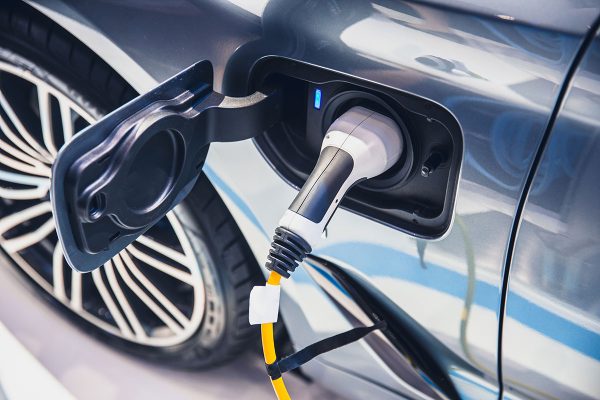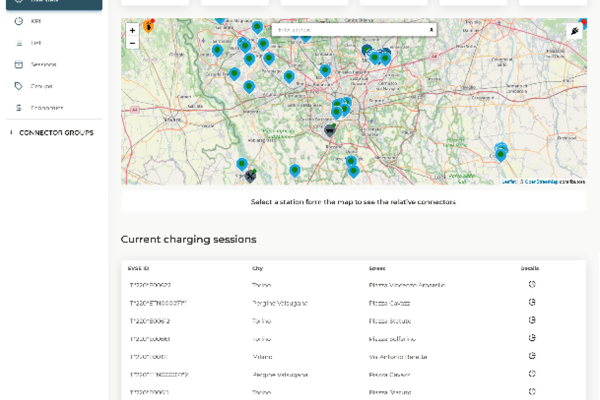ADVISORY Fuel Rates – do you know what they are and how you pay them?
In short, they are a method of paying – or reimbursing – expenditure on fuel without incurring fuel benefit tax.
These apply when you either reimburse employees for business travel in their company cars or when you require employees to repay the cost of fuel used for private travel.
Reimbursing employees for business travel
If you pay a rate per mile for business travel no higher than the Advisory Fuel Rates, for the particular engine size and fuel type, HMRC will accept there’s no taxable profit and no Class 1A National Insurance to pay.
You can use your own rates which better reflect your circumstances if, for example, your cars are more fuel efficient, or if the cost of business travel is higher than the guideline rates.
If you pay rates that are higher than the advisory rates and cannot demonstrate the fuel cost per mile is higher, there’s no fuel benefit charge if the mileage payments are solely for miles of business travel.
Instead, you’ll have to treat any excess as taxable profit and as earnings for Class 1 National Insurance purposes.
When do employees repay the cost of fuel used for private travel?
If you’ve correctly recorded all miles of private travel and used the correct rate (or anything higher) to work out the cost of fuel used for private travel that the employee must repay to you, HMRC will accept there’s no fuel benefit charge.
The advisory rates will not be binding where you can demonstrate that employees cover the full cost of private fuel by repaying at a lower rate per mile.
There are two instances where AFRs are used. One can be to repay private mileage incurred in a company car where the employer pays for all the fuel, usually by a fuel card.
The second, when the company car driver pays for all the fuel, to reclaim the cost of business mileage.
In both instances, it’s important that correct records are kept.
How are AFRs calculated?
HMRC calculates AFRs by using a combination of average fuel prices, a calculation of real-world mpgs achieved by engine size and fuel type to arrive at a pence per mile figure.
Check out the current rates here
What about Electric Vehicles?
An Advisory Electricity Rate for electric vehicles , was be introduced in September 2018.
The rate has been set at 4p per mile and will be published alongside Advisory Fuel Rates for petrol, diesel and LPG cars based on engine size.
However, plug-in hybrid and hybrid cars will continue to be treated as either petrol or diesel models for mileage reimbursement purposes.








